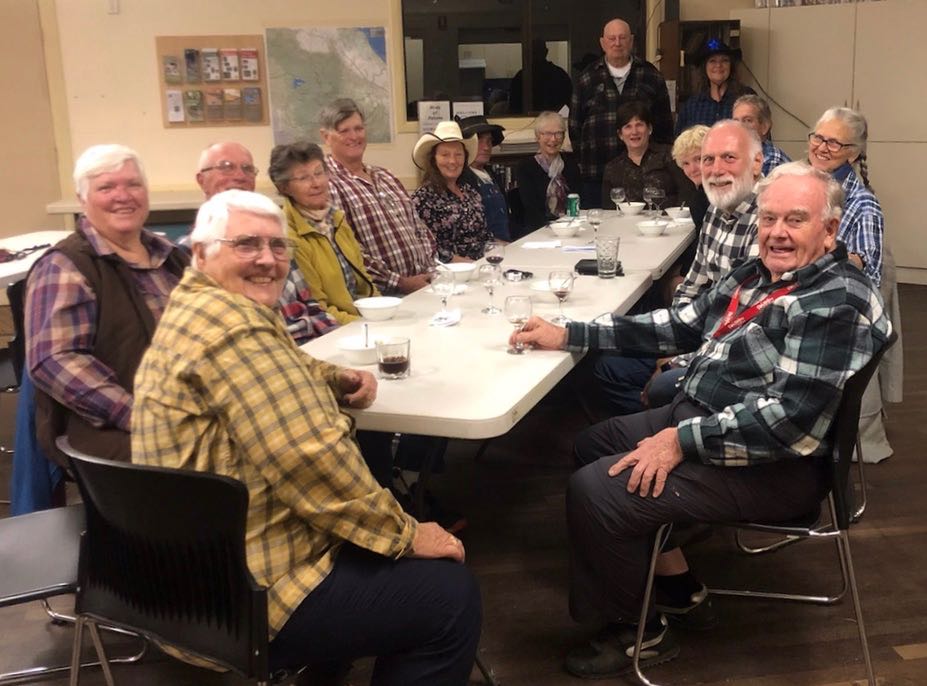The winter weather at Paluma is beautiful and there is no better time to get out and go for a walk in the fresh mountain air with your best mate – that is, your canine companion.
Hence , this timely and friendly reminder to pet owners – Paluma residents and visitors – that dog owners are responsible for the behaviour and welfare of their animal/s at all times.
The PDCA would like to remind all dog owners that the village of Paluma is part of the Townsville City Council (TCC) Local Government Area and Local Laws regarding Animal Management (Local Law No. 2 [Animal Management] 2011 and Subordinate Local Law No. 2 [Animal Management] 2011) are applicable to dog owners at Paluma.
The TCC website provides some important tips for Responsible Pet Ownership as outlined below:-
Responsible Pet Ownership Tips for Dogs
Barking – All dogs bark, but some barking dogs become a real neighbourhood nuisance – greatly reducing the quality of life for their neighbours and increasing neighbourhood tensions. Barking dogs is the most common animal behaviour problem Council is asked to deal with. Make sure your dog is not barking incessantly and causing your neighbours distress.
Fences and Confinement – A straying dog causes distress to neighbours and the community. Dogs that are not kept safely behind a fence can risk being injured or cause injury to others. As a responsible pet owner, it is important that your fence or dog enclosure is:
– High enough so your dog can’t jump over it
– Low enough so your dog can’t dig under it
– Strong enough so your dog can’t push it over, and
– Hole proof so your dog can’t escape through it.
Pet litter – Leaving pet litter in a public place is not only unpleasant and unhealthy, it’s against the law. Council has provided dog litter bags in some public areas across Townsville. If walking in an area where bags are not provided, you are responsible to take your own bags with you and to pick up and dispose of your dog litter in an appropriate way.
Leashes and Exercise – Dogs must be leashed at all times in public places to help control them more easily and to increase the safety of other animals and people. Remember that many people are frightened or annoyed by dogs that are not leashed; you should always be considerate of other people.
Registration – All dogs, including puppies, must be registered within 14 days of acquisition or moving to the Townsville Local Government Area, and wear a registration tag. Annual dog registration costs differ depending on whether the dog is desexed or entire, and whether the owner is eligible for a pensioner concession. Annual registration and approvals need to be renewed by 31 August each year.
IMPORTANT: Remember that dogs are not permitted outside the residential area at Paluma and within any of the National Parks or World Heritage Areas. This includes the walking tracks. Most walking tracks are clearly signed to indicate that dogs are NOT permitted in these areas. Please – refrain from taking your dog to these prohibited areas in the interests of protecting our native wildlife and the environment.
For further information, the TCC Animal Management Laws can be reviewed on the TCC website. Just google ‘TCC Animal Management’.
















